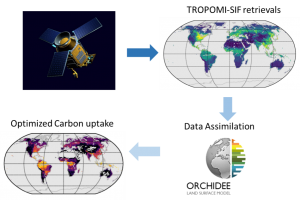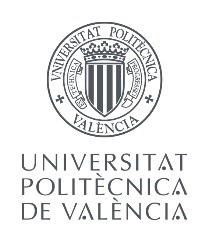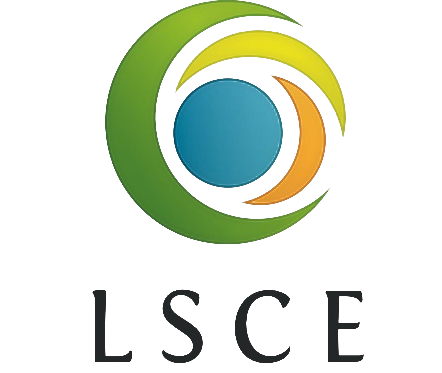Sentinel-5p Innovation – Solar Induced Chlorophyll Fluorescence
Project Description
The ESA –TROPOSIF project is one of the seven themes from the Sentinel-5p+ Innovation (S5p+I) activity funded by ESA, which aims at developing novel scientific products / retrieval methods from the data acquired by the TROPOMI (TROPOspheric Monitoring Instrument) instrument aboard the Copernicus Sentinel-5 Precursor mission launched in October 2017.
Although the Sentinel-5P mission was designed to monitor the Earth’s atmosphere, TROPOMI’s spectral and radiometric performance enable to also monitor terrestrial Solar Induced Fluorescence (SIF) with an unprecedented spatial and temporal resolution.
What is SIF?
Solar induced chlorophyll fluorescence (SIF) is an electromagnetic signal emitted by the chlorophyll a of assimilating plants: part of the energy absorbed by chlorophyll a is not used for photosynthesis, but emitted at longer wavelengths as a two-peak spectrum roughly covering the 650–850 nm spectral range. The SIF signal responds instantaneously to perturbations in environmental conditions such as light and water stress, which makes it a direct proxy for photosynthetic activity. However, SIF emission constitutes only a small fraction (typically 0.5%-2%) of the radiance at the top of the canopy, which is mostly composed of reflected sunlight, and its estimation from space-borne spectrometers requires both high spectral resolution and advanced retrieval schemes.
Why should we care about SIF?
Over the last few years, solar-induced chlorophyll fluorescence (SIF) observations from space have emerged as a promising resource for evaluating the spatio-temporal distribution of gross carbon uptake (GPP = gross primary productivitt) by terrestrial ecosystems, the characterization of which still remains uncertain to date. In the particular case of climate studies, our ability to anticipate the evolution of net and gross carbon fluxes over the globe under a changing climate largely relies on global terrestrial biosphere models (TBMs). Their parameterization remains largely uncertain and it is anticipated that satellite SIF products will provide a significant constraint (reduction in uncertainty) on the projections of the terrestrial carbon updake.
Project objectives
The overarching goal of the ESA-TROPOSIF project is twofold:
– First, a global SIF product from TROPOMI will be derived, which implies new developments in SIF retrieval and the comparison to existing state-of-the-art global SIF data sets from TROPOMI and OCO-2.
– Second, the resulting SIF data set will be exploited in order to demonstrate the positive impact that the TROPOMI SIF product can have on a range of vegetation and carbon cycle-related research topics. Among others, this will be done through the assimilation of the resulting SIF data set into the state of the art ORCHIDEE terrestrial biosphere model. The investigation of the potential of the developed TROPOMI SIF retrieval for the upcoming Sentinel-4 and Sentinel-5 missions and the promotion of the developed SIF product among the potential climate/land surface modelling community will also be carried out within the project.

Project Partners
| Institute | |
| NOVELTIS France |  |
| Universitat Politècnica de València Spain |  |
| LSCE – Laboratoire des Sciences du Climat et de l’Environnement France |  |
| SRON – Netherlands Institute for Space Research Netherlands |  |
Related Publications
- Guanter, L., Aben, I., Tol, P., Krijger, J. M., Hollstein, A., Köhler, P., et al. (2015). Potential of the TROPOspheric Monitoring Instrument (TROPOMI) onboard the Sentinel-5 Precursor for the monitoring of terrestrial chlorophyll fluorescence. Atmospheric Measurement Techniques, 8(3), 1337–1352. (https://doi.org/10.5194/amt-8-1337-2015)
- Köhler, P., Frankenberg, C., Magney, T. S., Guanter, L., Joiner, J., & Landgraf, J. (2018). Global retrievals of solar induced chlorophyll fluorescence with TROPOMI: first results and inter-sensor comparison to OCO-2. Geophysical Research Letters. (https://doi.org/10.1029/2018GL079031)
- Bacour, C., Maignan, F., Peylin, P., MacBean, N., Bastrikov, V., Joiner, J., … & Frankenberg, C. (2019). Differences between OCO‐2 and GOME‐2 SIF products from a model‐data fusion perspective. Journal of Geophysical Research: Biogeosciences. (https://doi.org/10.1029/2018JG004938)
- Bacour, C., Maignan, F., MacBean, N., Porcar‐Castell, A., Flexas, J., Frankenberg, C., … & Bastrikov, V. (2019). Improving estimates of Gross Primary Productivity by assimilating solar‐induced fluorescence satellite retrievals in a terrestrial biosphere model using a process‐based SIF model. Journal of Geophysical Research: Biogeosciences. (https://doi.org/10.1029/2019JG005040)
Contact
For more information on the project, contact:
NOVELTIS
153, rue du Lac
F-31670 Labège, FRANCE
Tél: +33 (0)5 62 88 11 11
Mail: s5p-troposif@noveltis.fr